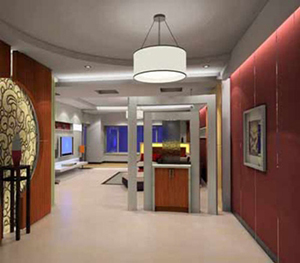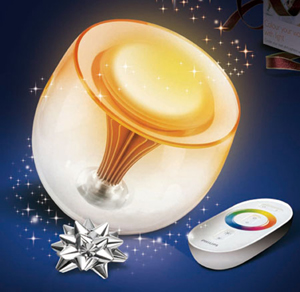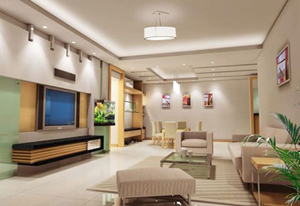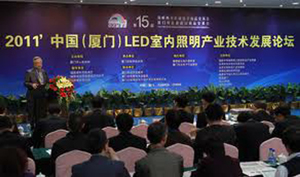Indoor LED Lights: The Lighting Solution of the Future
2011/05/24 | By CENSChinese makers are actively developing higher-end indoor LED lighting applications
LED lighting has been moving indoors in recent years, and many of China's lighting manufacturers have launched indoor LED lights that feature high brightness, low heat, long life, and recyclability.


The United States and Japan currently monopolize LED chip technology and equipment, while Europe is superior in LED application technology. China is still far behind in the development of LED lighting products, with 80% of its products still being used for low-end landscape lighting and traffic signals. With the emergence of the low-carbon economy, however, Chinese makers are boosting their development of higher-end LED lighting applications, especially in indoor lighting.
Indoor LED lights are now mainly aimed at commercial applications, but household LED lights will develop more rapidly in the coming months and years.
Incandescent and fluorescent lamps now account for most indoor lighting. The lighting efficiency of incandescent bulbs is extremely low, at only 12-18 lm/W, and fluorescent lamps are not environmentally-friendly because of the toxicity of their mercury content. These problems have led to strong demand for green illumination in indoor lighting products. Although white-light LEDs already outperform incandescent and fluorescent lamps in terms of lighting efficiency and environment protection, they are still expensive and will take time for technological standardization and promotion.
Still Too Expensive
Few franchise stores in China sell indoor LED lights, and the products they deal in are used mainly for LED lighting boxes, LED advertising signs, and decorative lighting. Most lighting wholesalers agree that indoor LED lights are still too expensive—they cost six to 20 times as much as other energy-saving lights—for the mass market. Because of their high cost, most buildings and hotels in China use LED lights only for parking lots or certain halls.

In fact, LED chips account for only 20% of the cost of LED lights. The remaining 80% of the cost is shared by LED packaging, heat dissipation, structure, and power supply. Packaging alone accounts for 45% of the total cost, according to industry sources.
Since people generally want lamps that not only provide light but also a comfortable feel, indoor LED lights should offer glare control and proper color temperature. This can be a problem for LED lights, which tend to produce a glare and uncomfortable colors which can, in turn, bring on visual fatigue and headaches.
As illumination technology develops, indoor lights will tend to become “intelligent.” This involves networking, with the incorporation of lighting systems via indoor wireless control.
Bright Future
The China LED Indoor Lighting Technology Development Forum was held in Xiamen on Apr. 8th, 2011 with the aim of enhancing exchange and cooperation across the Taiwan Straits. Participants shared the view that indoor LED lighting will have a bright future, and they engaged in extensive discussions on the prices, life-span, criteria, stability, comfortableness, and safety of indoor LED lights.

Participants in the discussions noted that people are increasingly concerned about health, and especially the impact of the environment on health. While various kinds of lighting pollution already affect health, LED is emerging as a healthy lighting source with no stroboscopic effect, no ultraviolet rays, and no electromagnetic radiation; making it an ideal solution for indoor lighting.
At the forum, Cheng Fu-hsiung, vice chairman of the Taiwan Electrical and Electronic Manufacturers' Association, commented that the two sides of the Taiwan Straits have a very solid foundation for cooperation. The two sides, he stressed, can create a win-win situation, particularly in the semiconductor-based illumination field, as Taiwan is strong in the semiconductor illumination business, with an abundant supply of chips and IC drivers, and mainland China is strong in downstream applications.
Although the share of LEDs in China's domestic lighting market can hardly be accurately predicted at the present time, it is estimated that penetration can reach 10% in 2012, 30% 2015, and 50% in 2020.




